Kids love rolling their sleeves up and getting stuck in to most creative activities and we know gardening is a great way to keep them engaged in learning and discovering. To give you a little helping hand we’ve collected 6 of our fail-safe plants to spark their curiosity. From plants in the home that snap shut to vegetables to grow outdoors, there’s bound to be an easy grow plant that your budding gardener will love to nurture.
Carnivorous plants
There’s no plant that can get a “wow” from little ones quite like a Venus Flytrap. The plant snaps closed on insects that land in its trap, tickling a sensitive hair inside just like a trigger.
Carnivorous plants make great open terrarium plants as long as they’re kept damp but not waterlogged and is most cases allowed a dormancy period over winter.
Just remember not to touch the traps as this could kill them, but dried meal worms that have soaked in water over night once a month makes for a tasty snack!
Find a whole jungle of snapping traps and slippery jars that form our carnivorous displays located in the house plant departments. Meal worms can be found in the bird care departments.
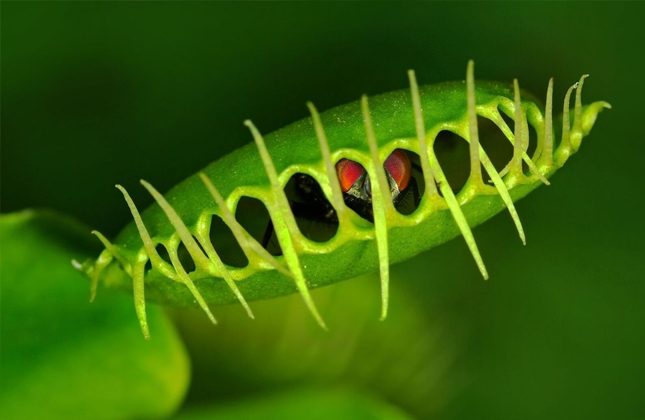
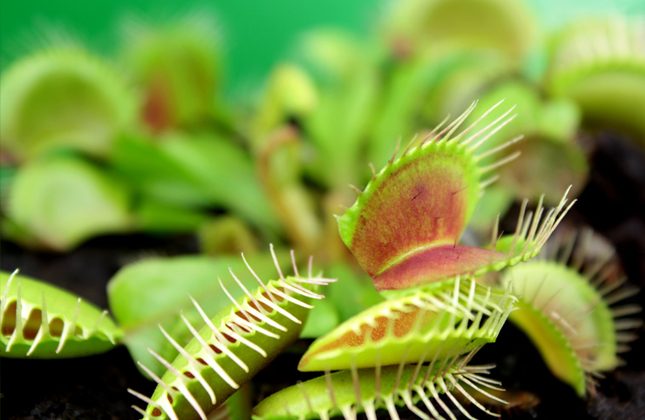
Russian Giant sunflower
Giant by name, giant by nature. These incredible plants can grow to a whopping 3m tall and their flower heads can be up to 30cm in diameter! We grew them from seed at our Great Shelford store back in 2018, you might have seen our towering specimen in person.
If you want to grow your own giants then sow from early spring to early summer in the location you’d like them to flower, ideally a sunny open site.

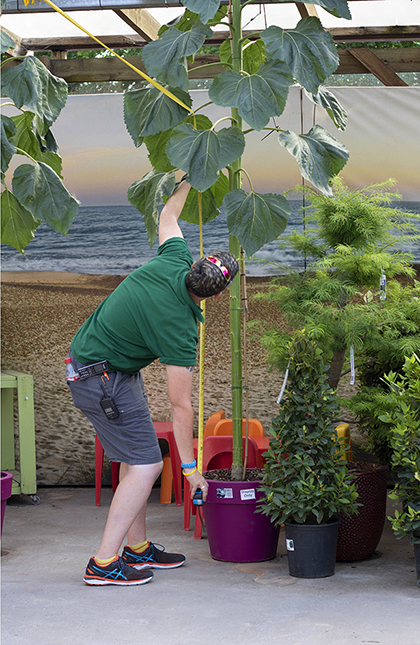
Mimosa Pudica aka the Sensitive Plant
This fascinating plant native to Brazil has a curious protective measure, in that the leaves rapidly close when stimulated, such as being touched. Don’t worry they’ll unfurl minutes later!
It’s believed that this is a defensive strategy the plant has evolved against browsing herbivores that would be startled by its movement.
Little ones will also love to see how they open during the day and close at night. This phenomenon is known as nyctinastic movement.
You can enjoy your own plant to tickle as they make great house plants. Just make sure to give them bright light with some direct light, moderate to high humidity by sitting the plant and its pot in a tray of water and pebbles. They also require a warm room, ideally 21-24°C.
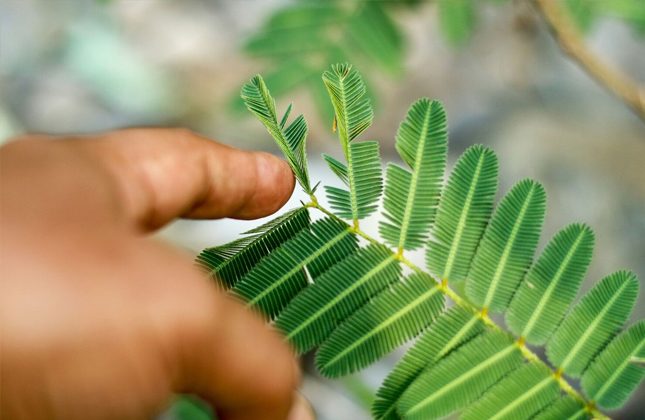
Garden Nasturtium
We love Nasturtium for their flowers in shades of sunny yellows and orange, but also because the flowers, young leaves and buds are edible!
Kids will find seeing flowers on their plate mixed with salad really exciting and special, plus parents will appreciate that the plant is packed with vitamins A and D, not to mention 10 x more vitamin C that lettuce.
Nasturtiums are available in climbing (Tropaeolum majus) or standard bush (Tropaeolum minus) varieties, perfect for growing up trellis or in a container in full sun and in well-drained soil. They’re easy to grow from seed, sewing from March to May, or alternatively pick up an established plant from our greenhouses. These plants will benefit from poor soil, if the soil is too rich foliage will be produced at the expense of flowers.
Other edibles flowers to look out for are selected varieties of pansies, strawberry blossoms, viola, pea flowers, chive blossoms and chamomile. Always make sure to check the variety is edible before consuming.
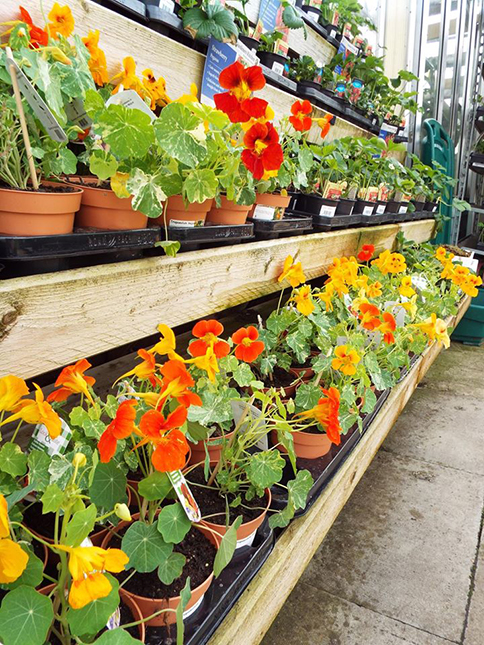
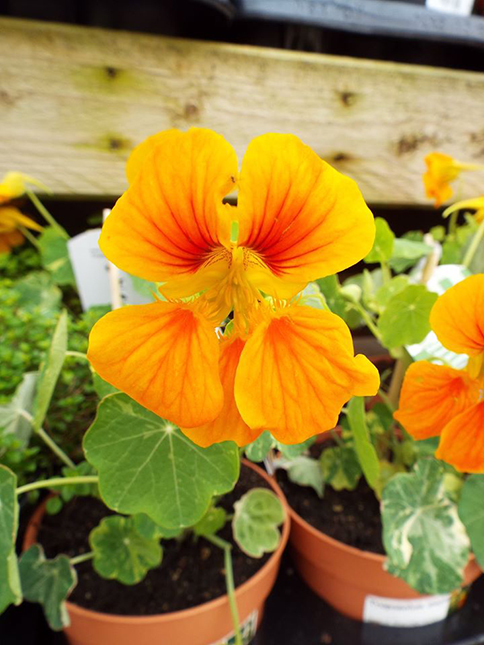
Pumpkins
It’s fun and extremely satisfying to think ahead and grow the pumpkin that the little devils will carve into their own Jack-O-Lanterns. Or why not create a bit friendly competition between the family by seeing who can grow the biggest pumpkin?
There’s a wide range of pumpkin varieties to grow from tiny “Jack Be Little” to the ginormous “Dill’s Atlantic Giant”, but in general you can plant pumpkin seeds indoors in colder areas from April to mid May or outdoors once the soil has warmed up around late May to early June.
Our tip is to grow two seeds in each pot or in situ and then weed the weaker seedling out and if growing outside use a cloche to give them a better start.
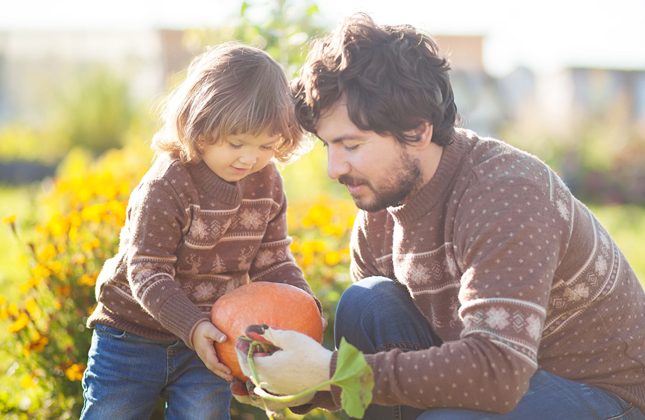
Hanging vegetables
We’ve mentioned how adding edible flowers to a plate can encourage fussy little ones eat their greens, but generally children love being involved in growing produce at home. They’ll love it even more when it comes to harvesting and eating the fruits and vegetables of their labour.
We think a fun and unusual way to start is to grow tomatoes or strawberries from hanging planters. It’ll also have the added benefit of saving floor space and just out of reach of any little fingers that might decide to try a fruit before it’s ripe.
Pre-made tomato hanging baskets are available, but if you’d like to make your own from scratch you should select trailing tomato varieties like Tumbling Toms. For planting your own strawberry hanger we suggest to plant four strawberry plants in a 35cm hanging basket.
For both grow as you would normally do, so in a sunny spot but choose a sheltered location to avoid damage caused by winds. Like with other container growing watering well will be required due to the evaporation and drainage, and top up with liquid feeds throughout the growing season to encourage a bumper crop.
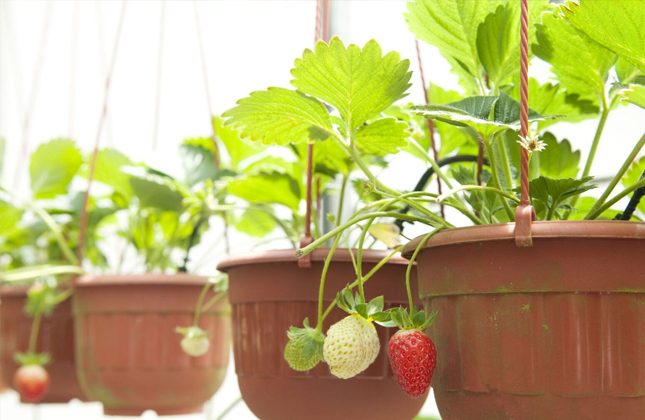
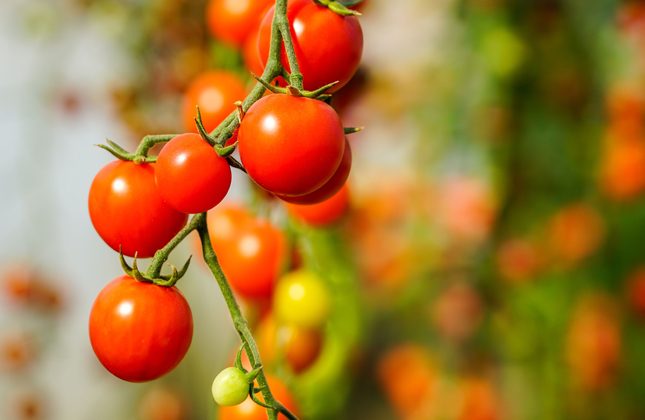
If your little budding gardeners have a go at growing any of the plants we’ve mentioned then make sure to share a photo or two on our Facebook page. We love seeing your photos!
Please note this blog was written during lockdown and at this point we cannot guarantee what plants will be available in each store. Please speak to a member of staff for plant availability.




